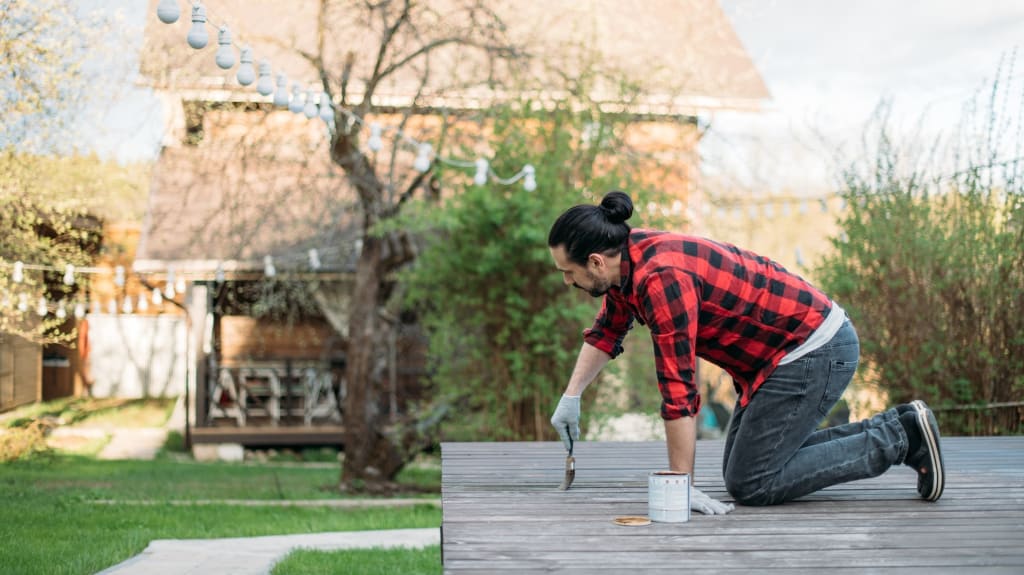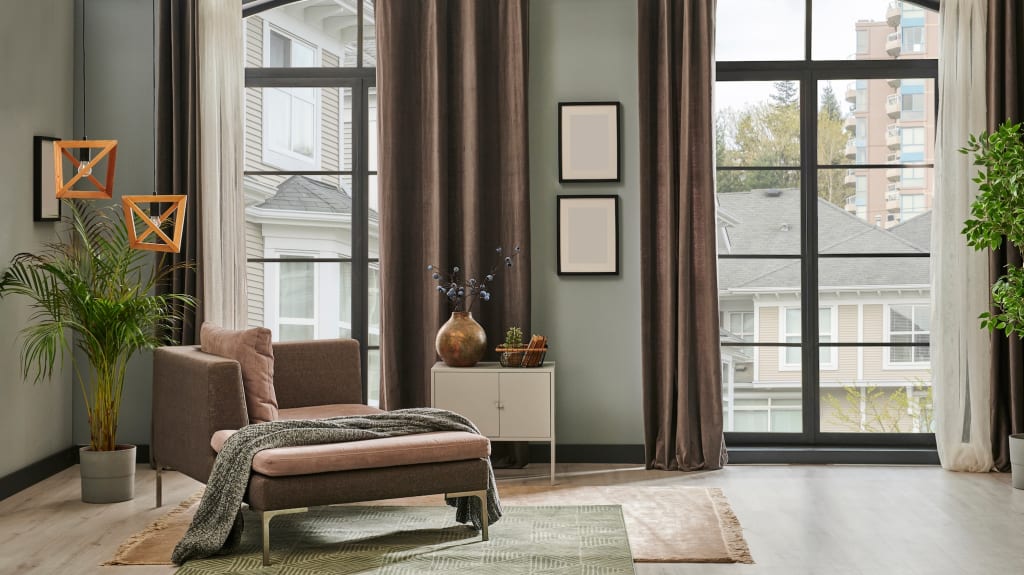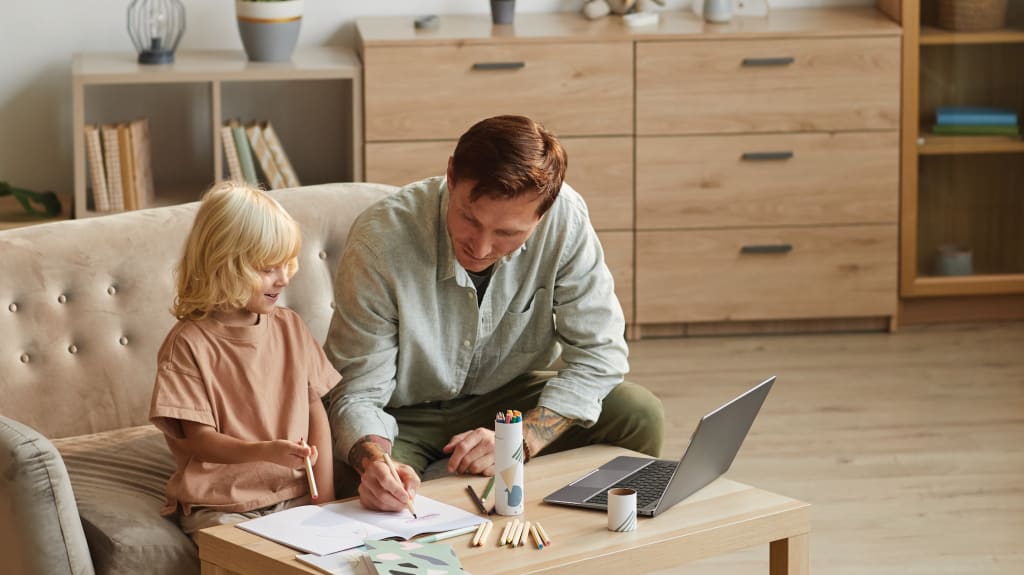Is respecting the environment high up on your list of priorities? Learn more about eco-friendly properties. You may want to consider this up-and-coming lifestyle to reduce your carbon imprint and pave the way for your friends and family to follow suit…
Eco-friendly house: a definition
According to the ministère de l'Environnement, de la Lutte contre les changements climatiques, de la Faune et des Parcs in Quebec, eco-responsibility focuses on the integration of a 3RV-E hierarchy (reduce at source, reuse, recycle, recover, dispose), as well as the notion of a life cycle for products and services. The latter involves considering environmental, economic and social impacts at each stage. Eco-builds are committed to applying these principles as part of sustainable housing practices.
In other words, a green home is designed to use fewer resources and produce less waste than a so-called ‘conventional’ home. It's built with noble materials and integrates technologies that reduce energy consumption, such as Energy Star-certified appliances, LED light bulbs, smart thermostats, solar heating, etc.
Features and benefits
In most cases, an eco-friendly home meets the following criteria:
It isn’t more expensive than a traditional home but can be sold for more.
It’s usually not too big in order to keep energy costs down.
It’s located close to services and work as its aim is to reduce greenhouse gas emissions from cars.
It’s built using materials beneficial for health and the environment, including brick, hemp, natural stone, fibrocement, wood, cork, straw and architectural blocks.
It has windows facing south so rooms can be heated by the sun’s rays.
It has a space for recycling bins in order to intelligently sort items and waste.
It avoids using particleboard (made with wood byproducts) from big box stores and supports the purchase of local materials.
Its structure promotes rainwater collection in order to reuse it.
Note that making eco-responsible choices isn’t the same as being self-sufficient. That implies creating your own electricity –– using solar panels, for example, as your autonomous heating and ventilation system, as well as growing your own food.
Cost of an eco-friendly home
Buying an eco-friendly home may seem expensive but consider the long-term savings and positive effects such a build has on the planet.
The cost will vary depending on the model chosen. Take log homes, for example. They are renowned for their thermal efficiency as well as low environmental impact and are often more pricey than conventional homes.
According to the Canada Green Building Council – Québec, eco-friendly homes are initially 5-10% more costly than a traditional property. On average, the cost per square foot for such a home is anywhere from $200 to $300. This means that an average-sized home, around 2,000 square feet, could be worth between $400,000 and $600,000.
When it comes to new home construction, the Transition énergétique Québec (TEQ) organization recommends planning to install high-performance windows, solar panels and geothermal heating. These items will cost more upfront but will considerably lower future heating and air conditioning bills.
Making your place more eco-friendly
Good news! Grants are often available to offset the initial costs of an eco-friendly property. In Quebec, Novoclimat provides financial assistance to encourage eco-friendly builds. This program is mainly intended for construction professionals.
If you’re not doing a new build, you’re encouraged to look for a home that’s already built with Novoclimat certification. It guarantees the home meets strict energy efficiency standards, which translates into increased comfort and long-term energy savings.
The Rénoclimat program is available for those who want to renovate their home. Whether it’s to upgrade insulation, replace the heating system or undertake other eco-friendly work, it can help reduce your ecological footprint while taking advantage of grants to help cover renovation costs.
That being said, it’s still possible to make your home more eco-friendly without having to rebuild it from scratch. Several programs are available to help you adopt more sustainable practices.
One of them is Hydro-Québec’s LogisVert program, which provides attractive financial assistance for a range of energy efficiency measures. Indeed, upgrading attic insulation along with caulking work, as well as installing an high efficiency heating system like a heat pump or heat accumulator are among eligible measures aimed at achieving better energy efficiency.
Four types of eco-friendly homes

There are many eco-friendly (also called eco-responsible) home models to choose from:
1. Bioclimatic home
It generates low greenhouse gases, is built with recycled materials (like wood, stone or hemp), must be equipped with an efficient ventilation system and face the sun.
Its main goal is to take advantage of local climate conditions to reduce energy needs and improve residents’ comfort. It maximizes thermal insulation by minimizing heat loss in winter and keeping cool in summer.
Some features include thick walls, double-glazed windows and superior insulation. By trapping heat, the home reduces its dependence on other energy sources. Ensuring a dwelling has a sun-facing orientation is a key element in this design.
One essential role is to ensure good indoor air quality while minimizing energy losses for this type of home. Natural ventilation, often complemented by a controlled mechanical ventilation system (CMV), allows air in the house to be renewed without being wasted.
2. Passive home
It aims to avoid the use of a traditional heating system, instead using materials with thermal inertia.
Passive houses are on a mission to maintain a pleasant temperature without having to use a traditional heating or air conditioning system. This is made possible thanks to solid insulation and the use of high thermal inert materials - concrete, brick or terracotta - which store heat and release it gradually.
Similar to a bioclimatic home, windows face the sun in this type of property and have high quality glazing. Leaks are reduced to a bare minimum, while a mechanical ventilation system with heat recovery (dual flow CMV) facilitates air renewal.
3. Autonomous home
It provides its own electricity and sometimes even water.
Some suggest this green home model is the most radical approach yet to sustainable housing. It’s really getting back to basics! This type of home seeks to minimize its dependence on public infrastructure (electricity, water and gas) and is designed to produce its own energy, often using solar panels or wind turbines.
These off-grid homes really encourage people to turn toward food self-sufficiency. Sometimes, efficient water management solutions are also incorporated: rainwater harvesting systems, wastewater purification and recycling facilities, dry toilets, composting, etc.
4. Positive home
It has to produce more energy than its occupants consume (an example would be through the use of heat pumps).
Often called a positive energy building (PEB), this type of home uses cutting-edge technologies to optimize its renewable energy production. Some of the integrated solutions to achieve this goal include photovoltaic solar panels, heat pumps and even mini-wind turbines.
A positive home is equipped with intelligent systems that monitor its own production and consumption in real time, store excess energy in domestic batteries or redistribute it to the public electricity network.
The green building trend is here to stay. We’ll continue to keep an eye out for options that help us make a real difference! You may also be interested in learning more about eco-friendly labels.
Building an eco-friendly home
Recommended natural materials

Among the most popular materials for building a new eco-friendly home are FSC (Forest Stewardship Council) certified wood, which guarantees responsible forest management, and raw earth bricks, which are not only recyclable but also offer excellent thermal inertia. Hemp (and even hemp concrete) is another popular option for its insulating properties and ability to absorb CO₂.
The popularity of eco-responsible insulation (sheep’s wool, cellulose wadding and cork) is also growing in leaps and bounds. Browse this detailed article to learn more about our eco-responsible insulation picks and their advantages:
Environmentally friendly building materialsWho should you do business with?
The choice of contractor is key when it comes to building or renovating an eco-friendly home. This is where RenoAssistance, a Quebec business (member of the EspaceProprio family) enters the picture. With their extensive expertise, RenoAssistance Renovation Advisors know how to accompany you through each step of your construction or renovation project. They are also well positioned to recommend Verified Contractors for you.
Rest assured: those who specialize in eco-friendly renovations verify that only the highest quality materials are used and meet environmental standards.
Get inspired by these eco-friendly homes
We’ve got some inspiring ideas to help you visualize what options are out there in terms of eco-friendly homes:
In pictures
Find eco-friendly homes for sale
Thinking about buying an eco-friendly home? You’ll find several options on DuProprio.com. With its wide selection of properties for sale, the site allows you to compare homes and visit those that truly meet your needs and match your values. You can adjust search tool filters to make sure that suggested listings are what you’re looking for.
Eco-friendly homes for sale



